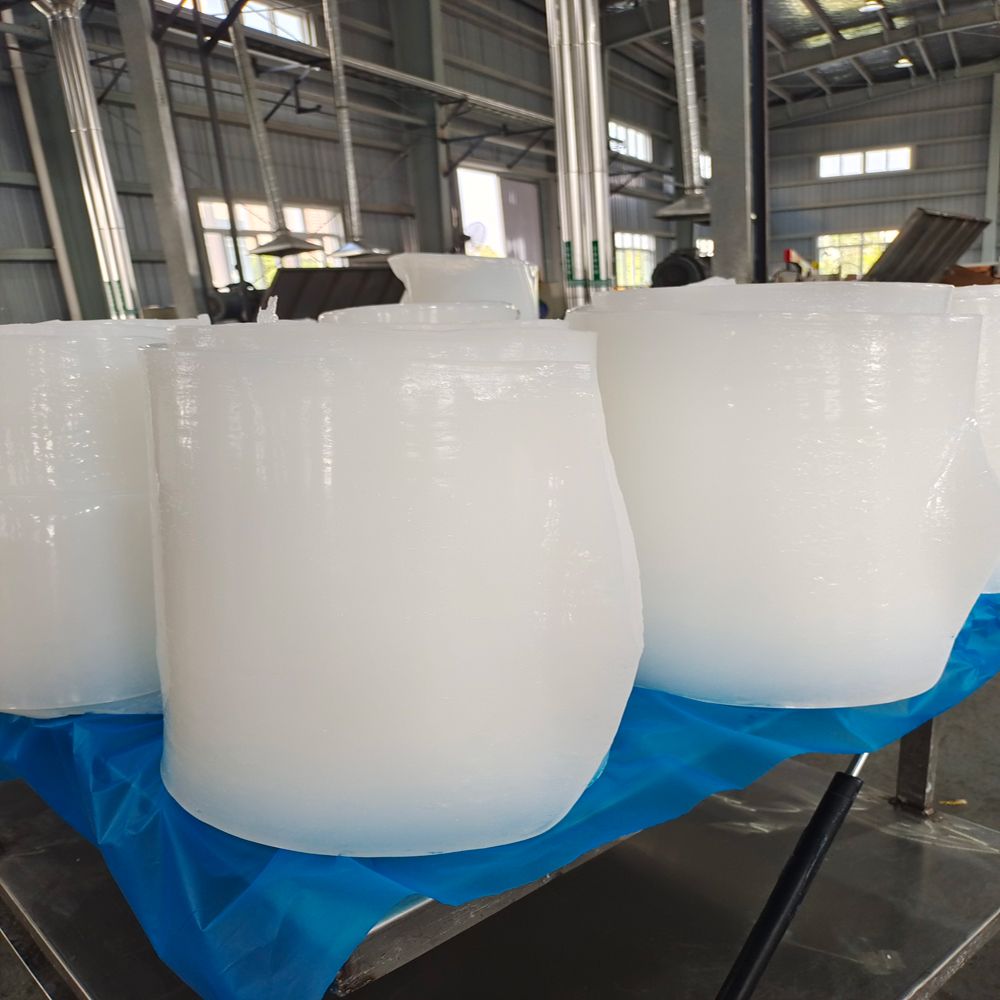Recently, the silicone market is facing the challenge of intensified supply-demand imbalance. The sharp rise in raw material prices has significantly increased the cost pressure on silicone enterprises. In order to cope with this challenge, downstream
silicone enterprises have launched price increase proposals. This move has attracted widespread attention in the market and foreshadows the future price increase trend of the silicone market.

On February 19th, the overall performance of the A-share market was strong, with the three major indexes collectively rising. Among them, the Shanghai Composite Index, Shenzhen Component Index, and ChiNext Index have achieved varying degrees of gains. The organic silicon sector also rose in line with the market trend. However, this market performance does not fully reflect the supply-demand imbalance faced by the silicone market.
From the supply side, individual factories have taken measures to reduce production against the backdrop of rising raw material prices. Although this measure has alleviated the supply-demand contradiction to a certain extent, it has also enabled the situation of tight spot prices to continue. At the same time, insufficient follow-up of downstream demand has further exacerbated the supply-demand imbalance in the market.
In order to cope with the challenges of rising costs and intensified supply-demand contradictions,
organic silicon enterprises have to take price increase measures to balance costs and profits. This move has received widespread response and support from the market. In the future, with the continued rise in raw material prices and the gradual recovery of terminal demand, the upward trend of the organic silicon market is expected to be further consolidated.
However, price increases are not an overnight process. When facing cost pressures, midstream and downstream enterprises need to be cautious in chasing price increases and increasing inventory to avoid excessive inventory buildup and tight capital chains. At the same time, individual factories also need to closely monitor market dynamics and customer demand to ensure the rationality of product prices and market competitiveness.
